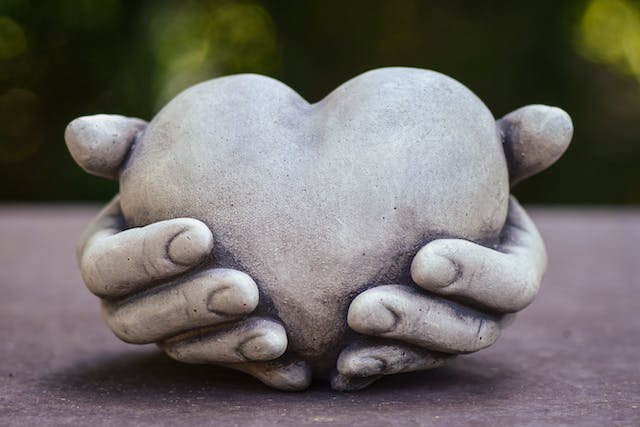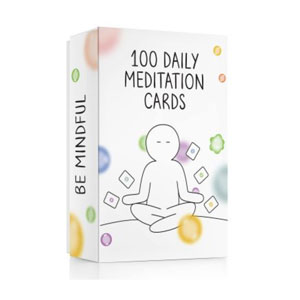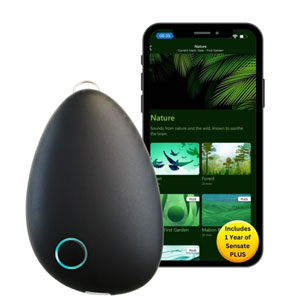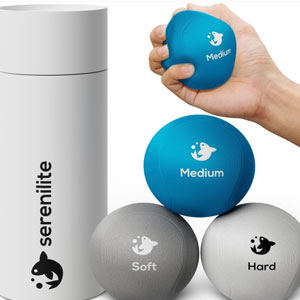Table of Contents
What if the secret to lasting happiness isn’t found in your next achievement, purchase, or relationship status, but rather in the quiet moments when you’re simply present with yourself? While our culture constantly pushes external solutions for wellness and joy, research consistently shows that genuine happiness springs from internal cultivation—a skill anyone can develop regardless of age or circumstances.
The pursuit of happiness isn’t just feel-good philosophy. According to Harvard’s landmark Grant Study, which followed participants for over 80 years, happiness directly correlates with better physical health, stronger relationships, and increased longevity. The most fascinating discovery? True wellness and joy aren’t dependent on external factors but on specific, learnable practices that rewire our brains for positivity.
The Science Behind Internal Happiness
Neuroscientists have discovered that our brains possess remarkable plasticity—the ability to form new neural pathways throughout our lives. Dr. Rick Hanson’s research at UC Berkeley demonstrates that we can literally “take in the good” by deliberately focusing on positive experiences for 15-20 seconds, allowing them to move from short-term to long-term memory storage.

This isn’t just wishful thinking. Studies published in the Journal of Happiness Studies show that people who practice gratitude regularly experience 25% higher levels of happiness and improved sleep quality. But here’s where it gets interesting—the benefits compound over time, creating what researchers call an “upward spiral” of well-being.
The key lies in understanding that happiness isn’t a destination but a practice. Just as physical fitness requires consistent exercise, emotional wellness demands regular cultivation of positive mental habits.
Foundation 1: Mindful Awareness
The first pillar of internal happiness involves developing awareness of your present moment experience without judgment. Mindfulness isn’t about emptying your mind or achieving perfect zen—it’s about noticing what’s happening right now with curiosity rather than criticism.
Start with the 5-4-3-2-1 grounding technique: Notice 5 things you can see, 4 things you can touch, 3 things you can hear, 2 things you can smell, and 1 thing you can taste. This simple practice interrupts anxiety spirals and anchors you in the present, where happiness actually exists.
Research from Johns Hopkins University analyzed over 18,000 meditation studies and found that mindfulness practices significantly reduce symptoms of anxiety and depression while increasing overall life satisfaction. The beauty? These benefits begin appearing after just eight weeks of regular practice.
That’s just the beginning though—mindfulness creates the foundation for all other happiness-building strategies.
Foundation 2: Gratitude as a Daily Practice
Gratitude isn’t just saying “thank you” more often. True gratitude practice involves deliberately shifting your attention from what’s missing to what’s abundant in your life right now. Dr. Robert Emmons’ groundbreaking research at UC Davis shows that people who keep gratitude journals are 25% happier and sleep 30 minutes longer each night.

Here’s a practical approach that works for any age: Each morning, identify three specific things you’re grateful for and why they matter to you. Instead of generic entries like “my family,” try “I’m grateful my sister called yesterday because her laugh reminded me that joy can be shared across any distance.”
The specificity matters because it trains your brain to notice positive details throughout the day. Within weeks, you’ll find yourself naturally spotting moments of beauty, kindness, and connection that previously went unnoticed.
But gratitude goes deeper than individual practice—it transforms how you relate to challenges.
Foundation 3: Reframing Life’s Challenges
Happy people aren’t those who never face difficulties; they’re those who’ve learned to find meaning and growth within their struggles. This concept, called post-traumatic growth, shows that humans possess an incredible ability to emerge stronger from adversity.
The key lies in asking different questions. Instead of “Why is this happening to me?” try “What can this teach me?” or “How might this experience help me support someone else facing similar challenges?” This isn’t toxic positivity—it’s purposeful meaning-making.
Viktor Frankl, a Holocaust survivor and psychiatrist, observed that those who found meaning in their suffering were more likely to survive and thrive afterward. His book “Man’s Search for Meaning” demonstrates that we can’t always control what happens to us, but we can choose how we respond.
Practical reframing starts small. When stuck in traffic, instead of fuming about the delay, use the time for deep breathing or planning something you’re excited about. When facing a difficult conversation, view it as an opportunity to strengthen the relationship through honest communication.
Foundation 4: Connection and Community
Harvard’s happiness research reveals that strong relationships are the most significant predictor of life satisfaction. But here’s what many people miss—the quality of connection matters far more than quantity. One meaningful conversation often provides more wellness benefits than a dozen superficial interactions.

Authentic connection requires vulnerability, which can feel risky. Start by sharing something slightly more personal than usual in your next conversation. Ask follow-up questions that show genuine interest. Practice the art of presence—put away devices and truly listen when someone is speaking to you.
For those who feel isolated, remember that community can be built gradually. Volunteer work, hobby groups, or even regular interactions with neighbors can create meaningful bonds over time. The goal isn’t to become socially perfect but to cultivate a few relationships where you can be authentically yourself.
Foundation 5: Purpose and Contribution
Research consistently shows that people who feel their lives have purpose report higher levels of happiness and resilience. Purpose doesn’t require grand gestures or career changes—it’s about aligning your daily actions with your deeper values.
Identify what matters most to you by completing this sentence: “I feel most alive when I’m…” Your answer reveals clues about your purpose. Maybe it’s helping others learn, creating beauty, solving problems, or bringing people together. Once identified, look for small ways to incorporate these elements into your regular routine.
Purpose often emerges through contribution to something larger than yourself. This might mean mentoring a young person, caring for the environment, supporting a cause you believe in, or simply being the person who remembers to check on friends during difficult times.
Creating Your Personal Happiness Blueprint
Lasting wellness requires a personalized approach because what brings joy varies greatly between individuals. Some people recharge through solitude and reflection, while others thrive in social settings. Some find peace in routine, while others need variety and spontaneity.
Experiment with different practices for at least two weeks before deciding what works for you. Your happiness blueprint might include morning gratitude, evening walks, weekly creative time, monthly adventures, or seasonal goal-setting. The key is consistency rather than perfection.
Remember that cultivating happiness is a lifelong journey, not a destination. There will be difficult days when joy feels distant—that’s completely normal and human. The practices that serve you in good times become anchors during storms, providing stability and hope when you need them most.
Start where you are, with what you have, today. Happiness isn’t waiting for perfect conditions—it’s available in this very moment, waiting to be noticed and nurtured. Your most joyful life begins with your next conscious choice to cultivate well-being from within.
Frequently Asked Questions
How long does it take to see results from happiness practices?
Most people notice initial improvements in mood and stress levels within 2-3 weeks of consistent practice. However, significant neural changes typically occur after 8 weeks of regular mindfulness or gratitude practice, according to Johns Hopkins research.
What’s the easiest happiness technique for beginners?
The 5-4-3-2-1 grounding technique is perfect for beginners because it requires no special equipment or extended time commitment. Simply notice 5 things you see, 4 you can touch, 3 you hear, 2 you smell, and 1 you taste.
Can older adults learn these happiness techniques effectively?
Absolutely. Brain plasticity continues throughout life, meaning adults of any age can develop new happiness habits. In fact, older adults often show faster progress due to increased motivation and life experience that helps them appreciate positive moments.
How much time do I need to dedicate daily?
Start with just 5 minutes daily for gratitude journaling or mindfulness practice. The key is consistency rather than duration. Many people find that these brief sessions naturally expand as the benefits become apparent.
What if I’m dealing with depression or anxiety?
While these techniques can complement professional treatment, they shouldn’t replace therapy or medication for clinical conditions. Always consult with a healthcare provider for persistent mental health concerns.
Key Takeaways Summary
- Happiness is learnable: Research proves that specific practices can rewire your brain for greater joy and wellness
- Mindfulness creates the foundation: Present-moment awareness without judgment reduces anxiety and increases life satisfaction
- Gratitude transforms perspective: Daily gratitude practice increases happiness by 25% and improves sleep quality
- Challenges become opportunities: Reframing difficulties as growth experiences builds resilience and meaning
- Relationships matter most: Quality connections predict life satisfaction more than any other factor
- Purpose drives fulfillment: Aligning actions with values and contributing to something larger creates lasting joy
- Personal approach works best: Experiment to discover your unique happiness blueprint and practice consistently












